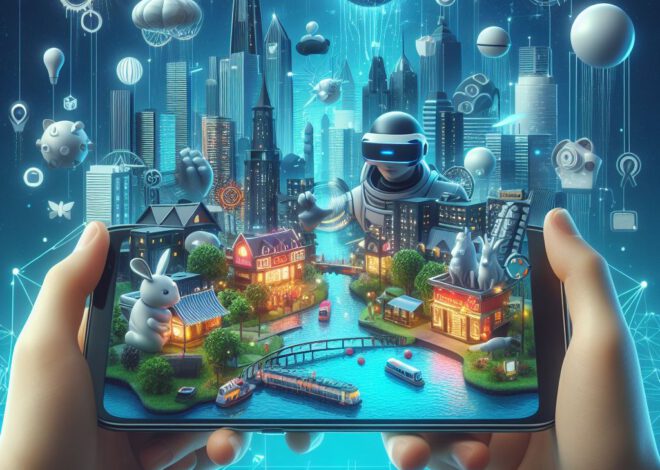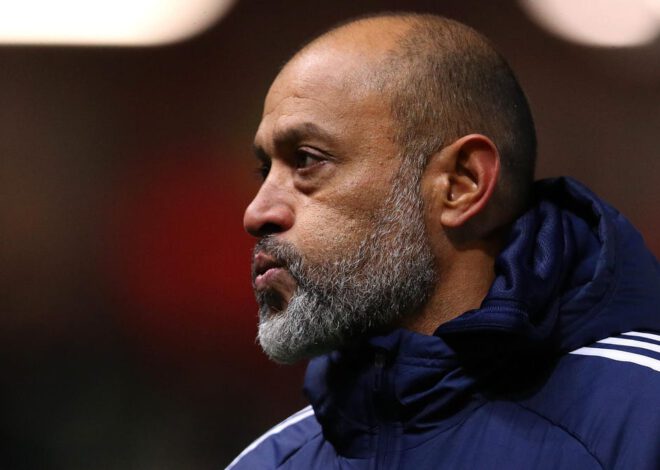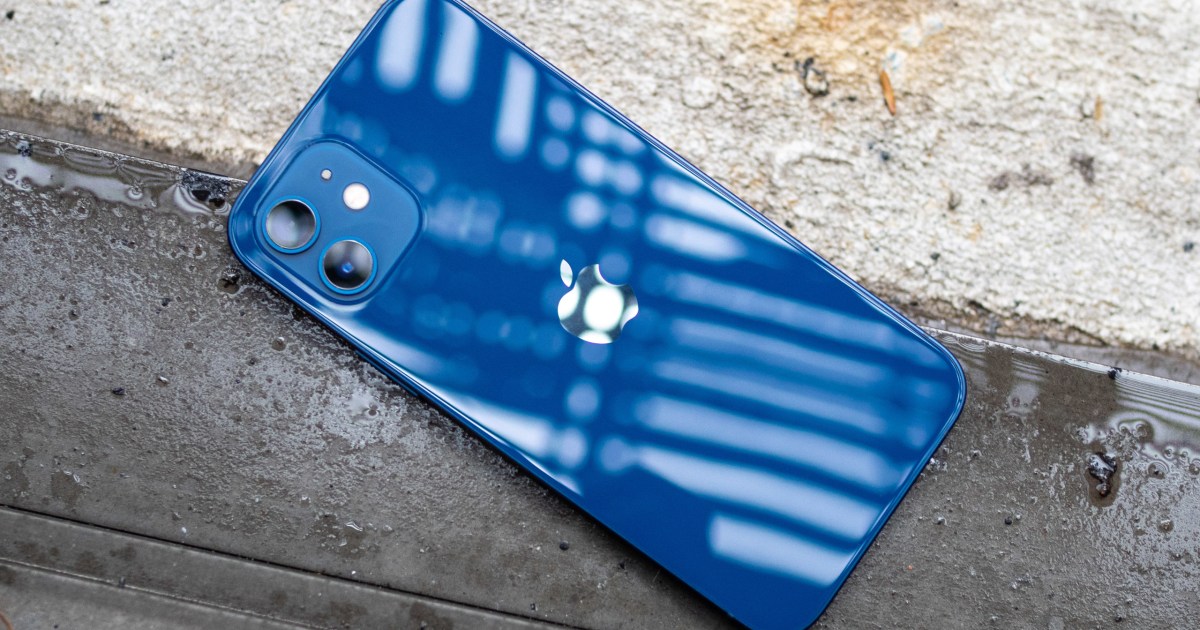
Apple iPhone 12 Review: The Best iPhone for Most People
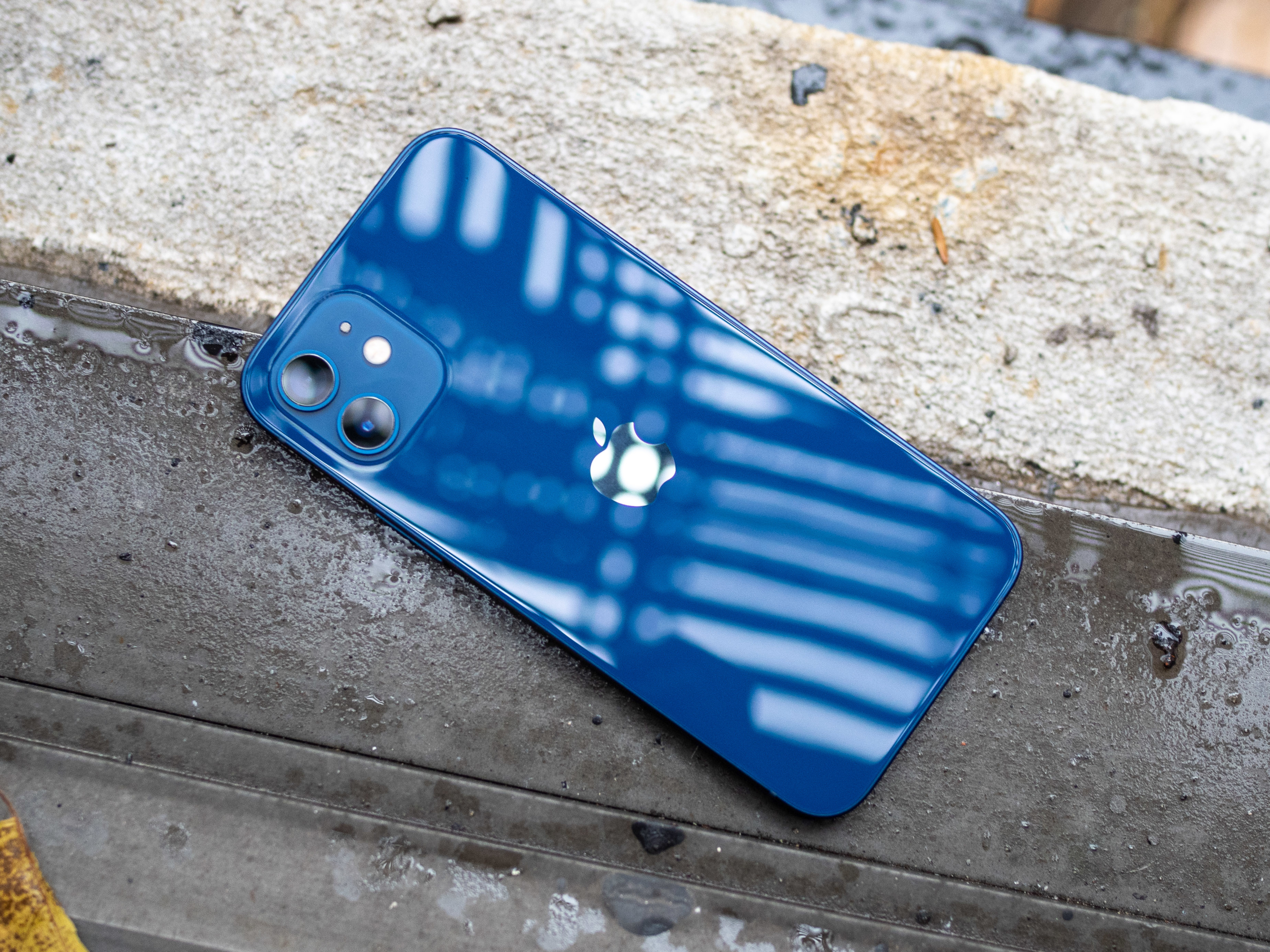
Apple iPhone 12
MSRP $799.00
“The iPhone 12 offers incredible value for $799, and calls into question how many people need to buy a 12 Pro.”
Pros
- Excellent camera performance
- Fast and consistent software
- Beautiful and colorful hardware
- Good battery life
- 5G connectivity
Cons
- Light body feels a bit cheap
- MagSafe offers little right now
Among the press and technology enthusiasts, the iPhone 12 Pro gets the focus. It’s the high-end model with all of the features, and price be damned, we all want one. But that overlooks the fact that most people have more reasonable expectations and budgets, and are immediately drawn to the standard iPhone 12.
The iPhone 12 is the phone that gets people in the door (or on the website), where they then have the option of changing their choice to a Mini, Pro, or Pro Max. And that puts a lot of burden on the iPhone 12: It has to be really good because most people pick it by default. Here’s how well it lives up to the expectations. And why it is, indeed, the best iPhone 12 model for most people.
Hardware, design, and display
The iPhone 12 is exactly the same size as the 12 Pro — Apple’s own cases are interchangeable. And with a case on the phone, the only way you can tell it’s not a Pro is the missing third camera lens — though you still get the large squircle camera housing, reminding you of the space that would be occupied by more sensors if you had spent more money.
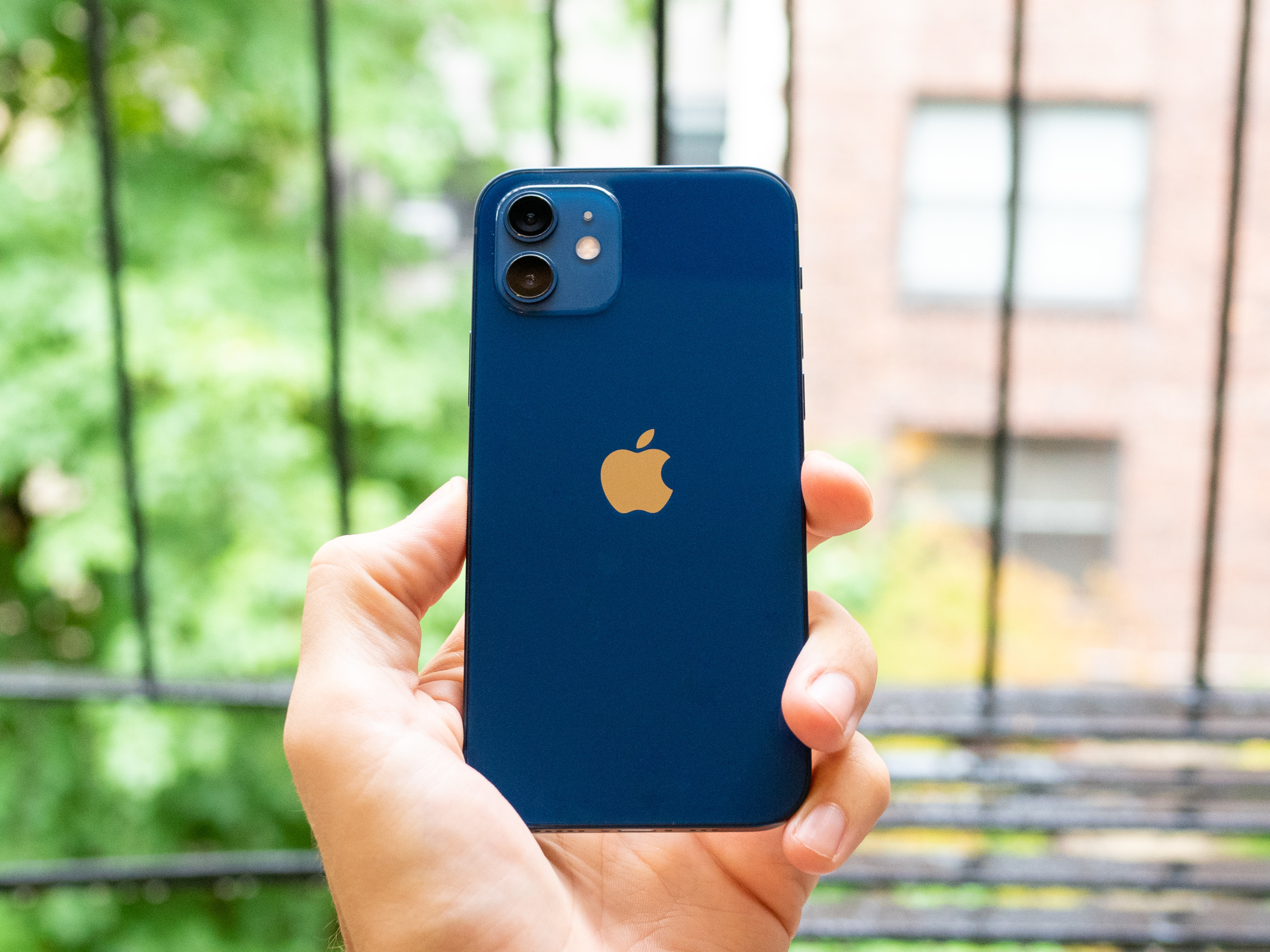 Digital Trends
Digital Trends
But if you’re bold enough to use your phone without a case, or are at least drawn to the idea that you would carry it naked, there are many other differentiators in the hardware. First is the colors, which by now you’ve undoubtedly seen lined up looking like a bowl of Skittles. The iPhone 12’s colors are fun, playful, and bright — even this blue one which, alongside the black, is one of the relatively subdued options.
The iPhone 12 stands out with a fresh look and feel, done with a familiar high level of execution.
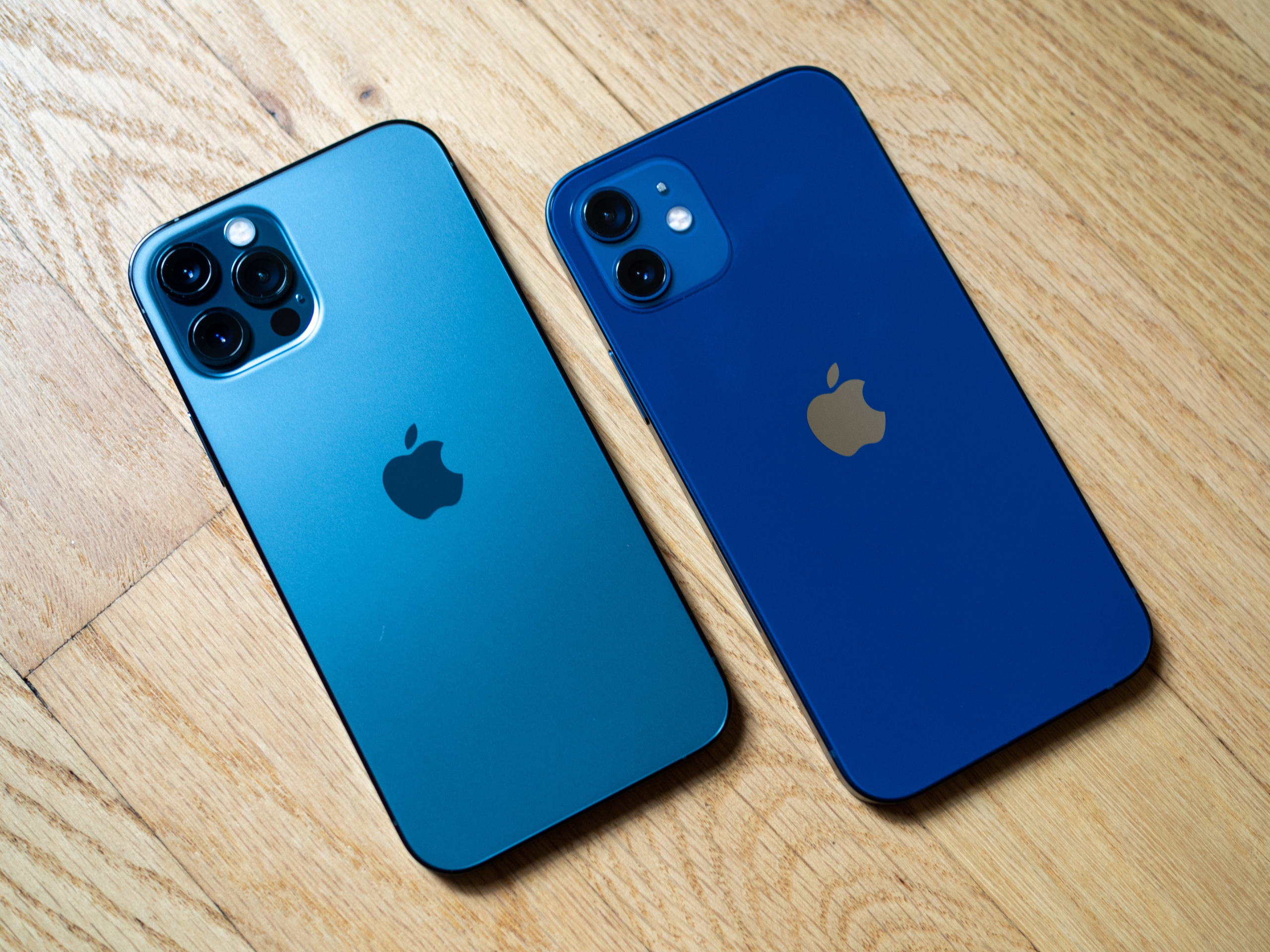 Image used with permission by copyright holder
Image used with permission by copyright holder
The iPhone 12’s frame is made of aluminum, not stainless steel like the 12 Pro, and that metal is finished in a matte texture to the 12 Pro’s hyper gloss. It takes that gloss to the back glass instead, which is a boon for grip but is an absolute fingerprint smudge magnet — it will never, ever be clean after the moment you take it out of its box.
Smudges aside, which are just a reality of modern glass-backed phones, the iPhone 12 is striking. It’s a truly beautiful design, and I’m so happy we’re back to these angular lines from the metal pillow shapes of the last few years. There’s just more for your fingers and eyes to explore, and it’s actually easy to hold. Even more so with the 12, which is about 15% lighter than the 12 Pro, although that lightness contributes to it feeling a little cheap or flimsy. If you’d never held the 11 Pro or 12 Pro you wouldn’t think about it, though — this is just a light and easy-to-manage phone.
The lightness is impressive when you remember the screen is bigger than before, now 6.1 inches, thanks to a new OLED display with smaller bezels on all sides. And when you add in the sharp transition from screen glass to metal sides, it feels even more compact. The Face ID notch is still visually bothersome, but Face ID itself is very much worth the trade-off.
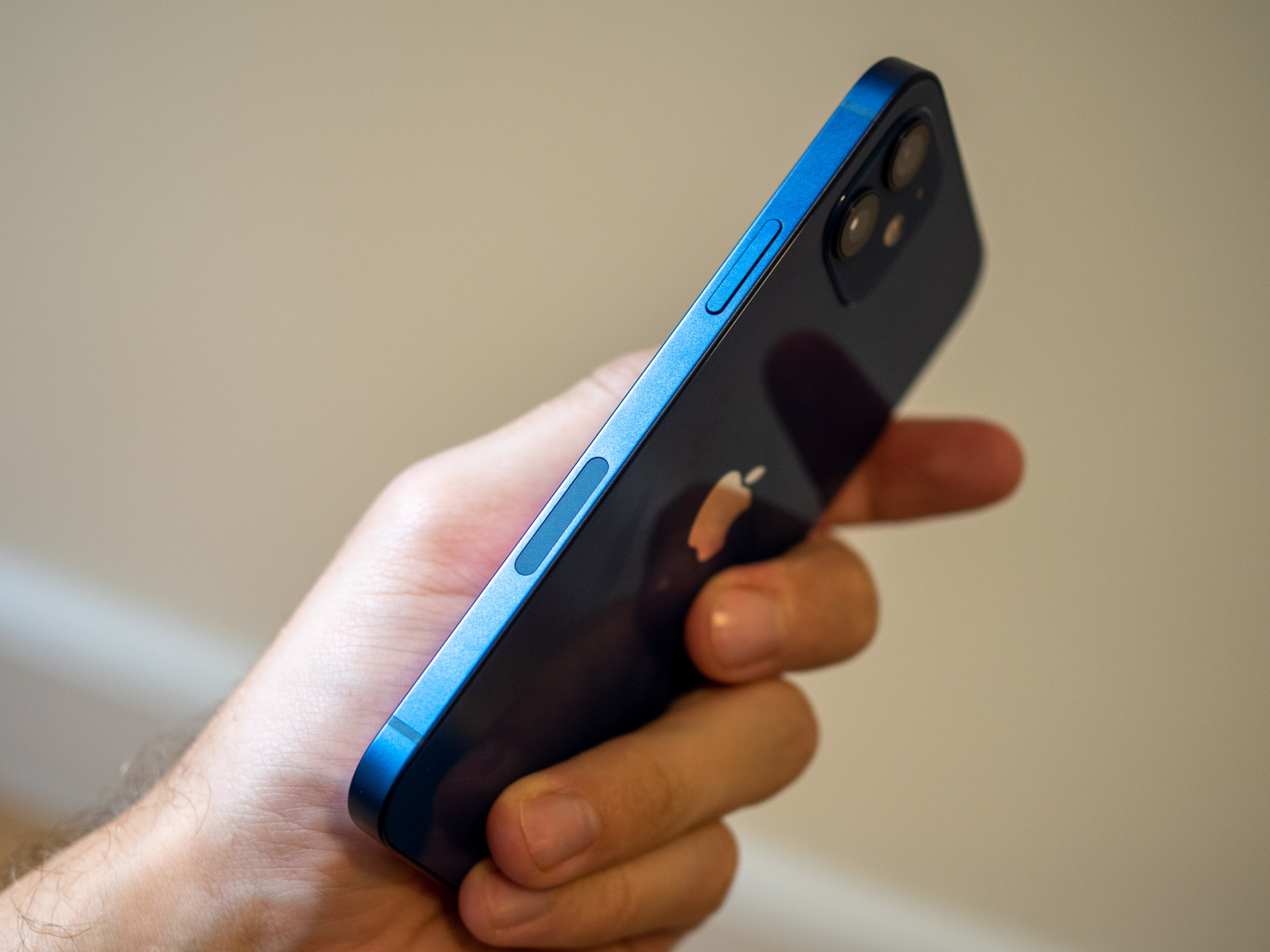 Image used with permission by copyright holder
Image used with permission by copyright holder
The display is excellent, particularly for this price. It’s crisp, bright, and colorful with good viewing angles and minimal color shift. And of course, because it’s a laminated OLED, outdoor visibility is good as well.
The only difference, at least on paper, is that the iPhone 12 has a quoted max brightness of 625 nits, to the 12 Pro’s 800 nits. The distinction is odd, as teardowns show the displays to be interchangeable, and Apple’s own documentation shows they can both reach the same 1200 nits when viewing HDR content. I can barely tell the 12 Pro’s display is brighter, but I also don’t know if that’s just a mind trick. It certainly doesn’t look like it’s 28% brighter as Apple’s figures claim.
The new Ceramic Shield glass promises 4X improved drop performance, which we can all appreciate, but I’ll make it explicitly clear: There’s no claim that it’s better against scratches. My review unit has already picked up a few tiny scratches with normal use over the course of a week — so don’t expect this display to be indestructible. I did manage to clumsily drop the phone on the sidewalk from waist height, thankfully with a silicone case on, and there were no ill effects.
Features, software, and performance
For a lot of people, the best part about the iPhone 12 will be that it has the exact same iOS 14 software experience as their current phone. While that may seem boring to Android users who ostensibly have the opportunity to try a new flavor of Android with each phone upgrade, that consistency is a big reason why so many people stick with iPhones.
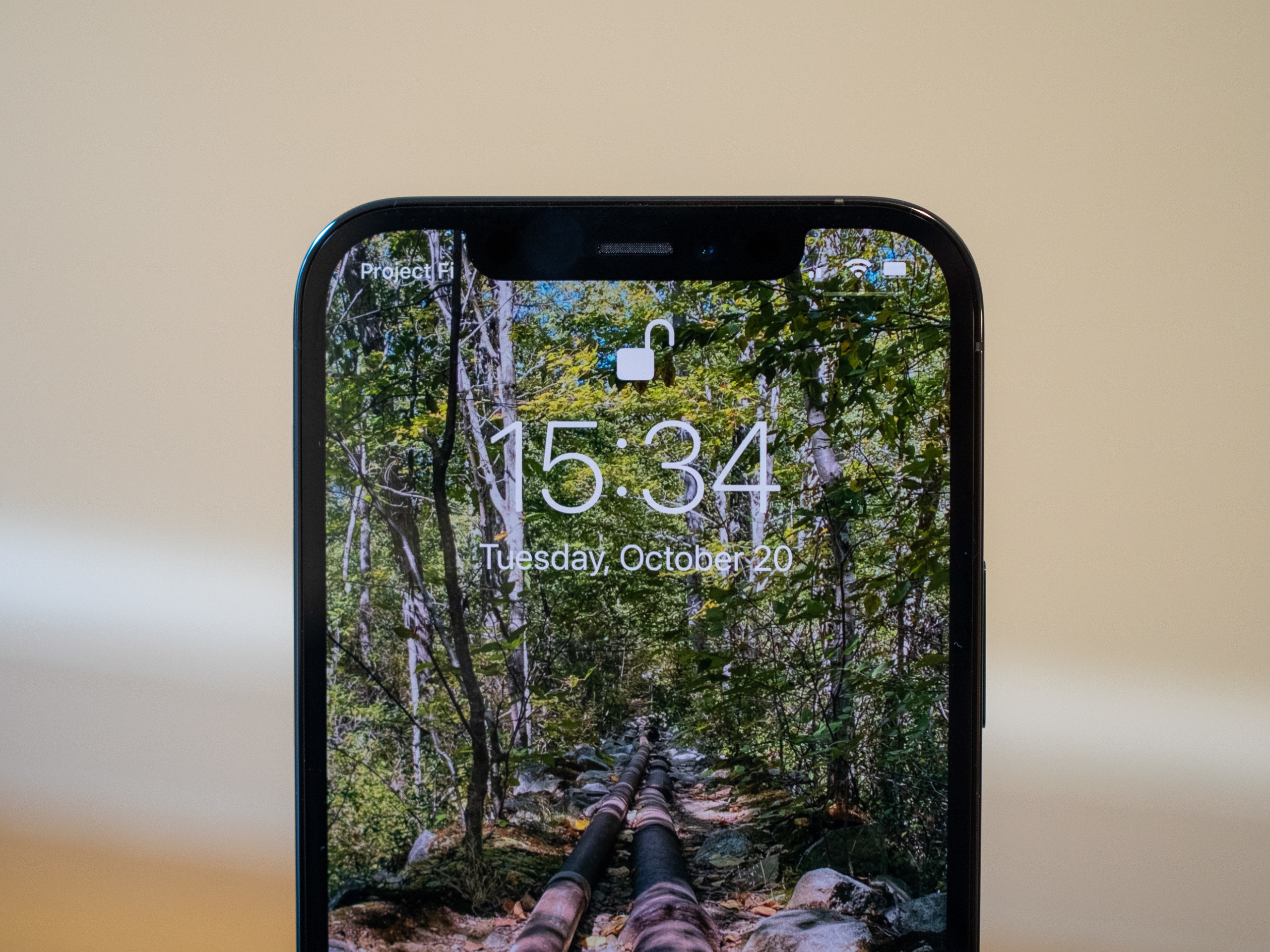 Image used with permission by copyright holder
Image used with permission by copyright holder
Depending on how old your current iPhone is, the only difference with the 12 is that everything will just happen faster — and it’ll continue to be fast for years to come. The A14 Bionic chip is faster than whatever you’re using now and is clearly designed to handle future iOS features.
The only differences in daily use between the iPhone 12 and 12 Pro can be found when you really push the phones. The iPhone 12 has 4GB of RAM (memory) to the 12 Pro’s 6GB, which means if you’re doing heavy multitasking, or playing an intense game while streaming media in the background, you may see a small difference in performance. And we know that the lesser memory amount is the reason why a few of the most advanced camera processing features are limited to the 12 Pro.
But in all of my regular use, which isn’t that heavy, I noticed no difference in app open times, graphics, or anything like that. Ultimately the A14 Bionic is still running the show, and that’s what matters. Nobody can accuse the iPhone 12 of being slow.
Even with less memory than the 12 Pro, the iPhone 12 still flies in everyday tasks.
There’s no reason for me to repeat myself in talking about 5G and MagSafe, the two big features of the iPhone 12 generation, after spilling hundreds of words on both in my iPhone 12 Pro review. I hope you’ll read the details there, because they’re fully transferrable to a discussion about the iPhone 12 too. But, a quick recap is in order.
The core of the 5G technology discussion is this: Right now, you’ll mostly be using Sub-6 5G, which acts like super-charged 4G. It’s a little faster, and more consistently fast without using more power, than what you’re used to now — that’s great, but not game-changing. The so-called mmWave 5G, which is in use primarily by Verizon but growing with T-Mobile and AT&T, is the dramatically faster, but incredibly sparse, network that is still years away from being ubiquitous. There’s no reason to buy the iPhone 12 for 5G, but it sure will be nice to have in the years to come.
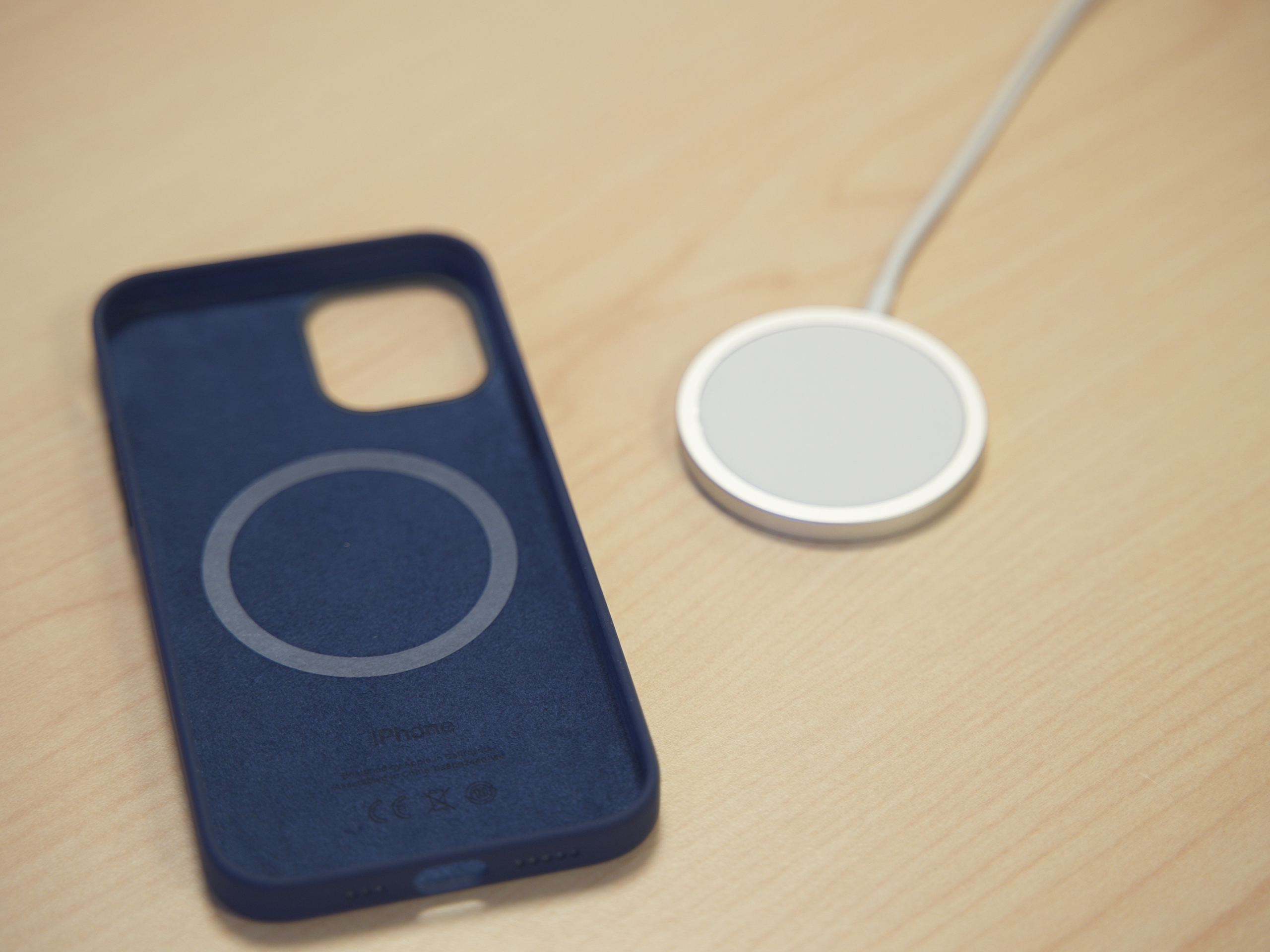 Image used with permission by copyright holder
Image used with permission by copyright holder
MagSafe is exciting, particularly because we know Apple has a good track record of getting these sorts of ecosystems right (most of the time) and will get the critical mass of supported phones and accessories soon enough. But right now, there isn’t much to say. Apple makes a charger, which is nice but not appreciably different from the way you use most wireless chargers. And its cases — of which there are two available — are simply pass-throughs for other MagSafe accessories. We need to see a robust market of third-party MagSafe accessories before we can judge the success of this system — that may take a while.
Battery life
After spending a week with the iPhone 12 Pro for review, exploring all of the new features and doing plenty of 5G speed tests, I was able to settle right into the iPhone 12 and use it even more normally, as I would later on in its life after the review rush is over. That gives my evaluation of the 12’s battery a better “real-world use” analysis.
And it turns out when you stop testing the iPhone 12 and just use it, battery life is really good! Yes, the capacity is the same as the 12 Pro, which is actually lower than the iPhone 11 Pro, but Apple knows what it’s doing here with a much more efficient chipset running the phone.
You will easily get through a full day with plenty of battery to spare.
In my normal use, which includes a majority of my time on Wi-Fi and primarily keeping up with lots of emails, messages, social media apps, utilities, and lots of podcast listening over Bluetooth, I easily get through a day with 30% remaining. That means I have plenty of overhead for those heavier days with lots of photos and video, streaming YouTube or fresh podcast episodes, hotspotting over 5G, or taking video calls. Even with all of that, I’d typically only hit Low Power Mode (20%) at dinnertime — and make it to bed without charging.
Chances are that if you’ve gone with the iPhone 12 and not the 12 Pro, your expected use will be a bit lighter to begin with. And it doesn’t even matter: Using the 12 and 12 Pro the same way, battery life wasn’t an issue on either phone. The iPhone 12 Pro Max will obviously be the real battery champion, for people who need to push the limits of their phone every single day.
Cameras
The primary draw for people to buy the 12 Pro compared to the 12 is its camera improvements. But it’s important to note that the 12 offers most of the 12 Pro’s camera experience. The 12 pro offers a “telephoto” camera, a lidar sensor, Dolby Vision HDR video at 60 fps (up from 30), and the promise of Apple ProRAW file support in the future.
The camera is identical to the 12 Pro where it counts: The main camera and image processing.
That telephoto camera is only a 2X zoom past the main camera, which isn’t critical to have. Lidar brings Portrait Mode to Night Mode, which is cool but not necessary; remember, regular Night Mode is otherwise identical on both phones. And chances are that if you care about shooting HDR at 60 fps, you just bought an iPhone 12 Pro.
The main, ultra-wide, and selfie cameras are all identical hardware, backed up by the same camera processing including Smart HDR 3, Deep Fusion, and every other Apple buzzword. All that is to say, most people wouldn’t notice a difference in the camera capabilities between the 12 and 12 Pro — which is great for iPhone 12 buyers.
As I’ve mentioned many times, more camera thoughts (and lots of sample photos) can be found in my iPhone 12 Pro review.
Camera performance is fantastic by the measure of a $999 iPhone 12 Pro, meaning it’s particularly great for $200 less here. The main camera consistently produces bright, crisp, and colorful photos with a bit of a warm and punchy profile that’s pleasing but not overblown. HDR effects don’t go crazy, and typically do a fine job of managing to bring down highlights and up lowlights. Portrait Mode continues to be great for proper chest-up portraits, but more hit-or-miss for full-body shots or inanimate objects.
At night, you immediately see the benefits of the wider aperture and enhanced night mode processing. Photos go toe-to-toe with the Pixel 5’s Night Sight, but the iPhone 12 has the benefit of not having to switch to a separate mode for these photos — the camera decides when to do it. And despite not having lidar, I didn’t have issues with autofocus in the dark.
It’s dead simple to take excellent photos in most scenarios. And yes, Dolby Vision is cool too.
Again as I discussed in my iPhone 12 Pro review, the draw of Dolby Vision HDR is interesting but not practical at this point. DV HDR can only be viewed on modern iPhones, Macs, and Apple TVs hooked up to compatible TVs. Anywhere else you view or share it, like social media platforms, you’ll see standard dynamic range. And you’ll be saving huge files in the process: A one-minute 4K 30 HDR clip is about 250MB. Thankfully Apple’s typical 4K 60 fps video looks great even in SDR, with good stabilization for shooting handheld.
Our take
Those who have an iPhone already and are eyeballing an upgrade to the latest phones should start with the iPhone 12 as their default choice. It’s a great phone that brings all of Apple’s usual strengths: Great hardware, a nice display, consistent performance, and now a particularly great camera. It also has good battery life, 5G connectivity for the future, and intriguing additions like MagSafe. It’s a fantastic overall phone, for a reasonable price.
Only consider moving up to the iPhone 12 Pro if you know that you need what it offers. I recommend paying $50 extra for 128GB of storage on the iPhone 12, meaning the 12 Pro is $150 more. For that money, you get a heavier stainless steel body in new colors, an extra camera with a few extra camera features, and more memory for potential improvements in performance down the road. Most people simply won’t care enough to make that money worth it and will be better off spending that $150 on a couple of cases and MagSafe accessories.
Are there better alternatives?
This price bracket is a competitive one, with multiple Android competitors available for those who are willing to move beyond the Apple world. The Google Pixel 5 offers a similar simplistic approach like the iPhone, with a comparable camera and slick software, for $100 less. The OnePlus 8T is the same price, with better hardware but weaker cameras. And the Galaxy S20 FE provides a bit of an Apple antidote with a bigger screen, more cameras, more flash, and more features.
Obviously, most people are going to stay put in the iPhone ecosystem, so there’s really only one other choice: Spend $200 more for an iPhone 12 Pro. Or, if you’re being pragmatic and buy a 128GB storage model, it’s just a $150 upgrade. For that money, you get a heavier stainless steel frame, additional telephoto camera, lidar sensor for advanced camera features, and a subtle upgrade in memory. It’s not going to blow away most people who would likely be content with an iPhone 12 to begin with, but it is a viable choice if money isn’t much of an object.
How long will it last?
With Apple’s superb track record of updating iPhones with fresh software for several years after release, and a powerful A14 Bionic processor, there’s no doubt the iPhone 12 will confidently last you for three years without much thought. The aluminum frame technically isn’t as strong as the 12 Pro’s steel, but then again most other phones are aluminum as well.
There are also some concerns that the Ceramic Shield glass may be quite scratch-prone despite being very strong against cracking — but we simply cannot know the long-term viability of Ceramic Shield until it has been in the wild for years.
Should you buy it?
Absolutely. If you’re in the iPhone ecosystem, the iPhone 12 is an excellent all-around phone offering great value for the money.
